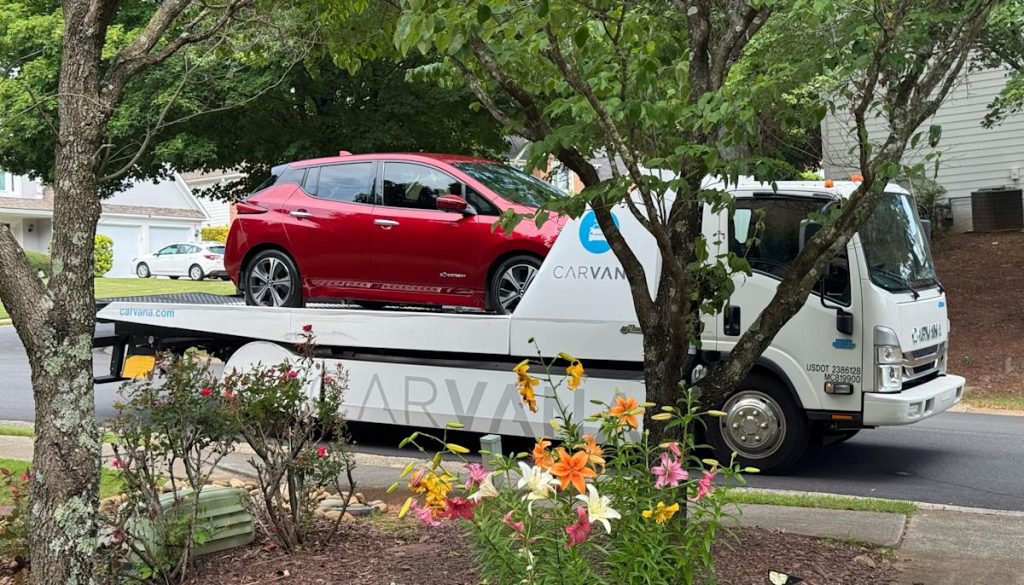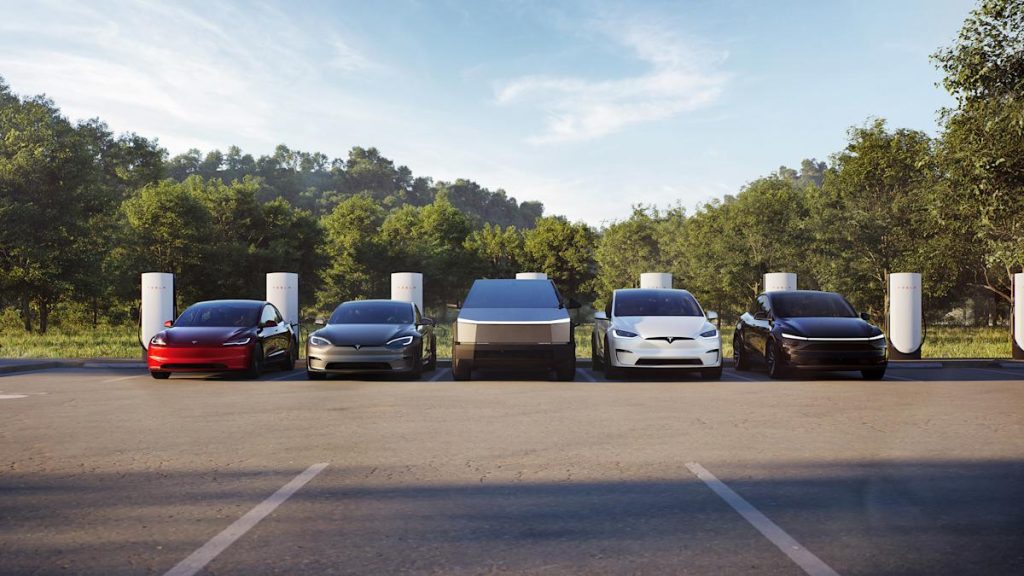Another big car company gives up on hydrogen
Stellantis, the automotive giant behind Chrysler, Citroen, Fiat, Jeep and Peugeot, is pulling out of hydrogen. The company said it’s killing its fuel cell development program in the face of “limited availability of hydrogen refueling infrastructure, high capital requirements and the need for stronger consumer purchasing incentives.” To put that another way, it’s realized hydrogen EVs are facing the same set of challenges it’s not been able to overcome in the last two or three decades.
It’s a stark shift in tone from January 2024, when the company promised to roll out a fleet of commercial fuel cell vehicles. Stellantis sells many of Europe’s most popular panel vans including the Citroen Jumper, Fiat Ducato, Opel Movano and Peugeot Boxer. Back then, it said we’d see hydrogen versions of all those vehicles (as well as its smaller siblings) with maximum ranges of 500km (310 miles).
The decision to pull the plug came relatively late, with the company saying it was due to begin production at its plants in France and Poland “this summer.” It added the decision to kill the range will not impact staffing in production or R&D, with employees transferred to other projects. It will, however, have to delicately negotiate its exit with Symbio, the fuel cell maker it bought a one-third share of back in 2023.
Stellantis isn’t the first company that pledged to put its weight behind fuel cells only to pull back. Toyota has thrown a lot of time, effort and money behind hydrogen, believing fuel cells would be preferable to battery electric vehicles (BEVs). Sadly, as time progressed, the company has had to cede more and more of the market to batteries, and only advertises its third-generation fuel cell as a power unit for heavy industrial vehicles.
Hydrogen was, and has been for some time, an article of faith for fossil fuel companies, the car industry and even some countries that lack their own energy reserves. After all, the promise of being able to pull (theoretically limitless), emission-free energy out of water is the stuff of dreams. Not to mention, it requires much of the same knowledge and infrastructure used by the traditional oil and gas industry, and refueling can only take place at a commercial site.
Had hydrogen made more of an impact, it would have likely preserved the status quo or something much like it, for those industries long into the future. But while the hope was that hydrogen could be a cleaner, greener substitute for oil and gas, its inherent flaws always made that a non-starter.
For instance, hydrogen is far less energy dense than oil and gas, and far less physically dense — it’s so prone to leaking that you have to go above and beyond to seal it in. It’s difficult to mass produce cleanly, especially if you want to power every car in the world, unless you use a dirty process like the steam reformation of methane. So, rather than moving away from fossil fuels and emissions, you’d be further entrenching them into the system and adding to the problem.
And if you did want to just use renewable energy to pull hydrogen from water, then you’d require an unprecedented amount of investment. Back in 2021, I asked Tim Lord, who had previously been in charge of the UK’s decarbonization strategy, about that sort of industrial-scale hydrogen generation. He said that you’d essentially need to double your whole electricity generation output to get close.
That’s before you get to the other factors, like hydrogen’s efficiency as a store of energy or the investment necessary to equip every gas station on the planet with a hydrogen tank. Which is not likely going to pay off given that Toyota’s Mirai, arguably the flagship hydrogen fuel cell EV, has only sold 28,000 models since its launch in 2014. In the US market, there’s only the Mirai, the Hyundai Nexo and the Honda CR-V e-FCEV knocking around, nothing compared to how many BEVs are on sale. I think it’s time for everyone to admit that we’re done with hydrogen fuel cell EVs and focus their attention elsewhere.












